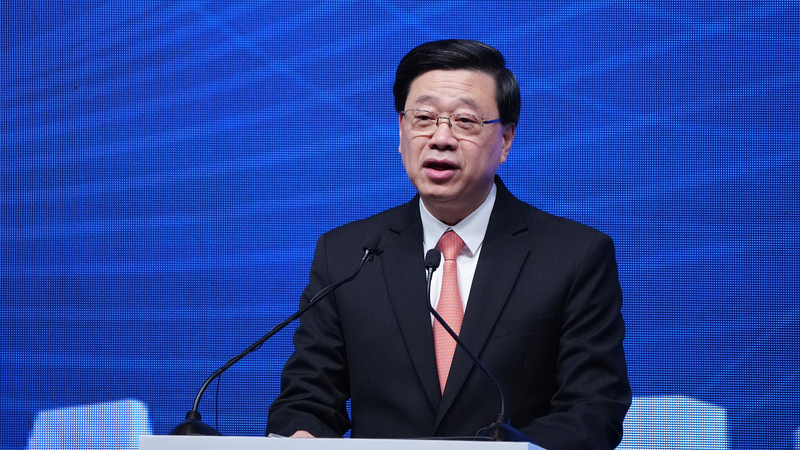At this year’s International Forum on Energy and Power Transition, held under the banner of collaborative change, Yu Bokun sat down with Gim Huay Neo, Managing Director at the World Economic Forum. Their conversation zeroed in on the Chinese mainland’s leap toward its dual carbon goals—a 2030 carbon peak and a 2060 carbon neutrality target—and its growing clout in the renewable energy arena.
A New Growth Engine
“The energy shift isn’t just an environmental imperative,” says Gim. “It’s rewriting the playbook for industries worldwide.” From electric vehicles to green hydrogen, businesses are pivoting fast:
- Solar installations on the Chinese mainland surpassed 300 GW in 2023, up 25% year-on-year.
- Wind capacity hit 350 GW, powering factories and data centers with clean electricity.
- Green finance deals in G20 nations topped $400 billion, fueling innovation in storage and smart grids.
Navigating Trade Hurdles
Despite this momentum, trade barriers and tariffs are chipping away at supply-chain resilience. Equipment costs have risen by 15% in some regions, and investors are calling for clearer policies. “We need stable rules to keep capital flowing,” Gim warns, pointing to tariff uncertainties that could stall battery production and offshore wind projects.
Looking Ahead
For young leaders, entrepreneurs, and changemakers, the message is clear: the energy transition is rich with opportunity—but only if we tackle policy head-on. At a time when sustainability and growth must go hand in hand, global cooperation will be the true game-changer.
Follow these trends, and you’ll find yourself at the heart of the next industrial revolution.
Reference(s):
WEF: Energy transition drives industrial transformation and growth
cgtn.com




